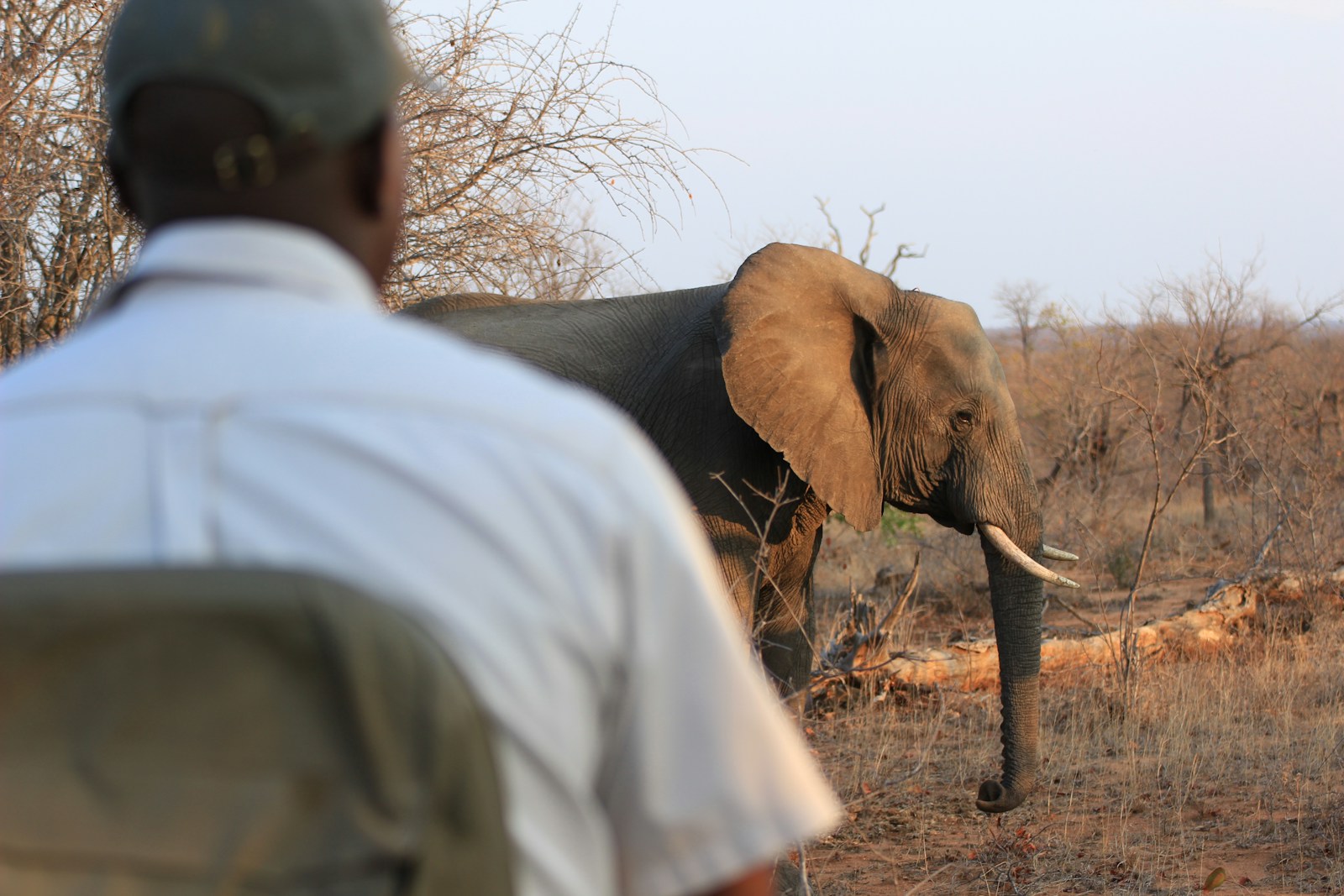National parks serve as sanctuaries for countless species, preserving natural habitats and protecting wildlife from human encroachment. However, even in these protected spaces, animals sometimes find themselves in dangerous situations requiring human intervention. Park rangers, wildlife specialists, and visitors have participated in numerous dramatic and touching animal rescues throughout America’s national parks. These stories not only highlight the dedication of those involved but also remind us of our responsibility to protect and respect wildlife. From birds trapped in human debris to larger mammals caught in natural disasters, these heartwarming rescues demonstrate the compassion that connects humans to the animal kingdom, even as we strive to maintain appropriate boundaries with wild creatures.
The Yellowstone Bison Calf Reunion
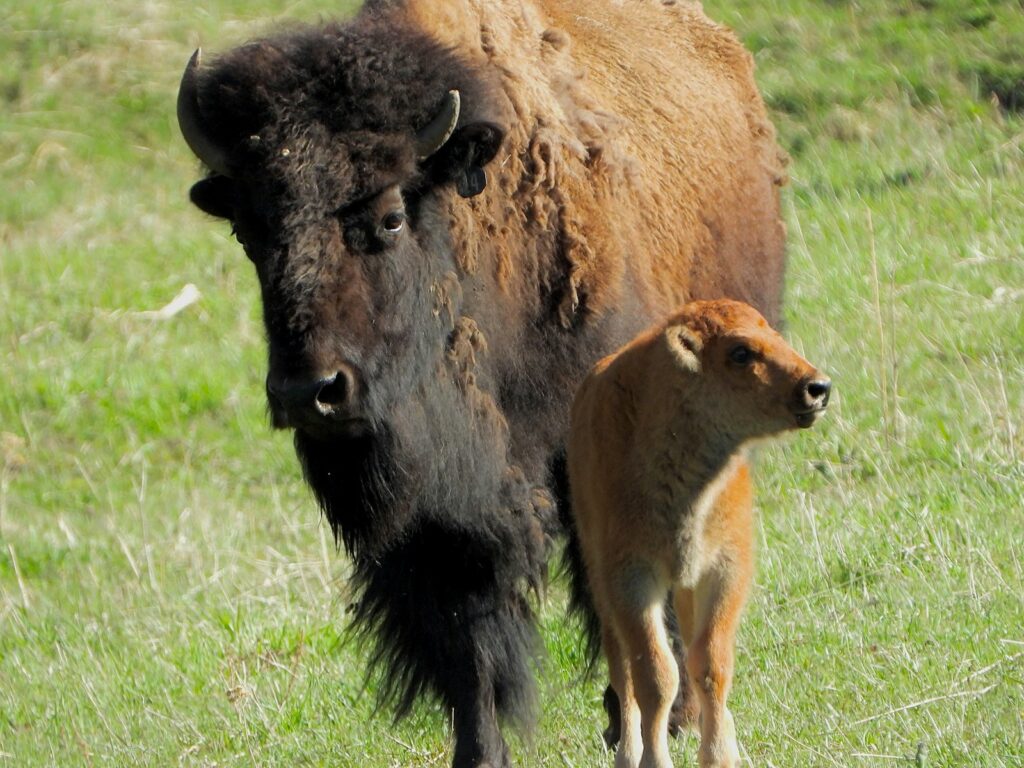
In Yellowstone National Park, a young bison calf became separated from its herd during a river crossing at high water. The frightened calf, struggling against the strong current, managed to reach the opposite bank but found itself alone and vulnerable to predators. Park rangers monitored the situation for 24 hours, allowing for natural reunion but growing increasingly concerned as the calf became visibly distressed and weakened. Using specialized wildlife management techniques, the team carefully guided the calf to a safe crossing point where they had tracked the herd. Their efforts paid off when the mother immediately recognized her calf, rushing to its side with evident relief as they reunited in a touching moment witnessed by several fortunate visitors.
Trapped Eagle at Grand Canyon
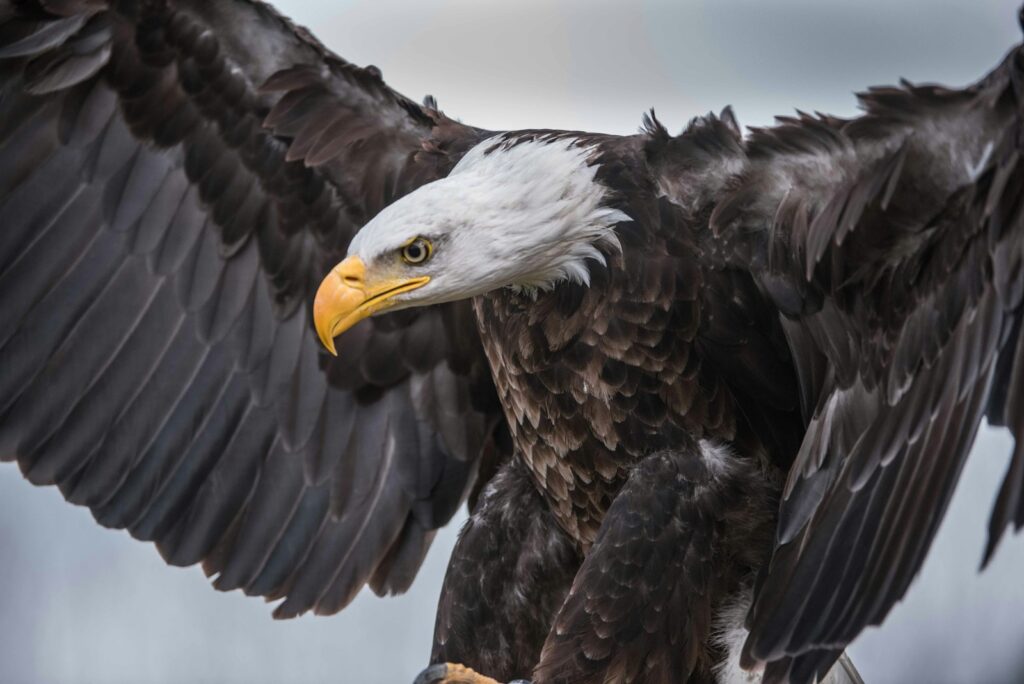
A majestic golden eagle became entangled in fishing line carelessly left along the rim of the Grand Canyon, with the hooks deeply embedded in its wing. Unable to fly and growing weaker by the day, the eagle was spotted by a hiking group who immediately notified park rangers. A specialized raptor rescue team was assembled, requiring a challenging technical descent down steep canyon walls to reach the injured bird. Using specialized equipment and techniques designed for handling birds of prey, they successfully freed the eagle from the fishing line and transported it to a wildlife rehabilitation center. After six weeks of expert care and rehabilitation, the team had the rare privilege of releasing the fully recovered eagle back into the wild at Grand Canyon National Park, where it soared magnificently into the sky before a small crowd of respectful onlookers.
The Olympic National Park Bear Cub Rescue
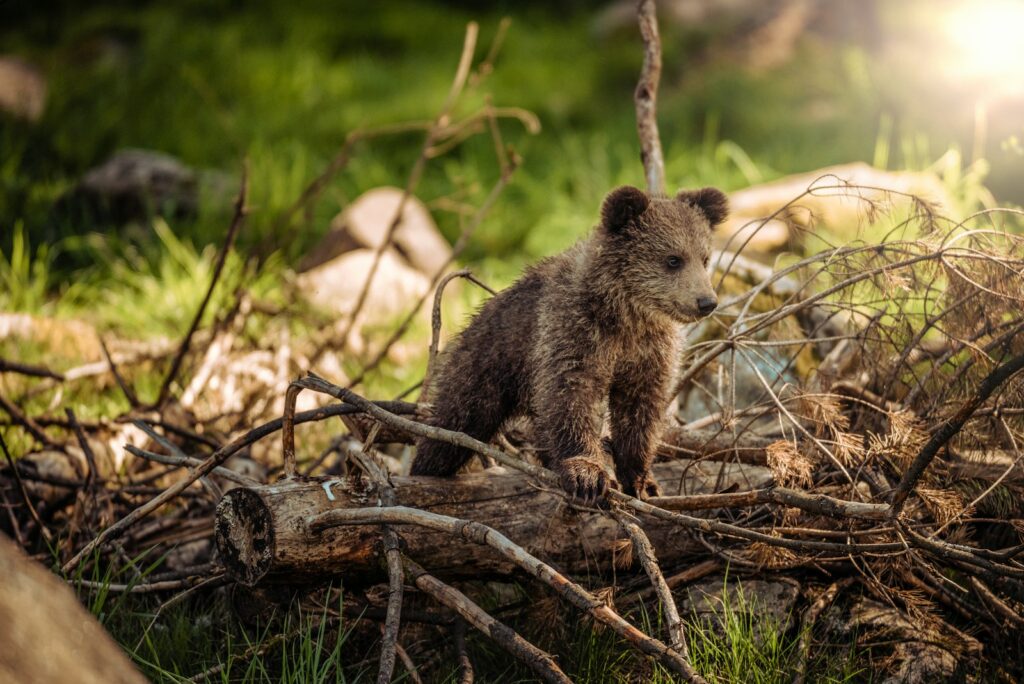
A black bear cub in Olympic National Park found itself orphaned after its mother was killed in a territorial dispute with another bear. Park visitors noticed the disoriented and malnourished cub wandering dangerously close to hiking trails, clearly struggling to survive alone. Wildlife biologists made the difficult decision to intervene, knowing that without its mother’s guidance, the cub had almost no chance of survival. After a careful capture operation, the cub was transported to a specialized wildlife rehabilitation facility that focuses on raising orphaned bears with minimal human contact. The rehabilitation center raised the cub alongside other orphaned bears, teaching them essential survival skills while maintaining their natural wariness of humans. When released back into a remote area of Olympic National Park two years later, the now-adolescent bear showed all the appropriate wild behaviors necessary for independent survival.
Zion’s Stranded Climber Dog
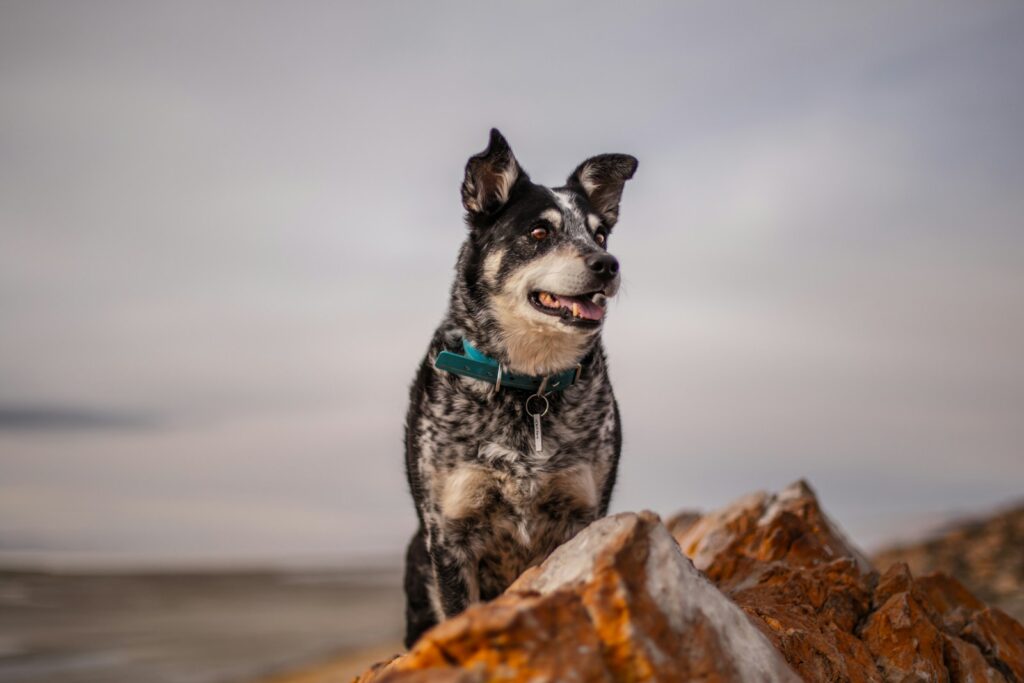
A family hiking in Zion National Park experienced every pet owner’s nightmare when their dog, spooked by unexpected wildlife, bolted from their campsite and became stranded on a narrow ledge 80 feet up a sheer cliff face. Too frightened to move in either direction, the dog remained trapped for nearly 24 hours, its distressed barking echoing through the canyon. Though pets are generally restricted in national parks, ranger teams recognized the emergency nature of the situation and assembled a technical rescue team. The rescue involved specialized climbing equipment and a carefully orchestrated approach to avoid further frightening the already terrified animal. After securing safety lines, a ranger with animal handling experience slowly approached the trembling dog, speaking soothingly until he could secure it in a specialized harness. The emotional reunion between the dog and its relieved family became a powerful reminder about keeping pets leashed in national parks and wilderness areas.
Everglades Python-Trapped Deer Rescue
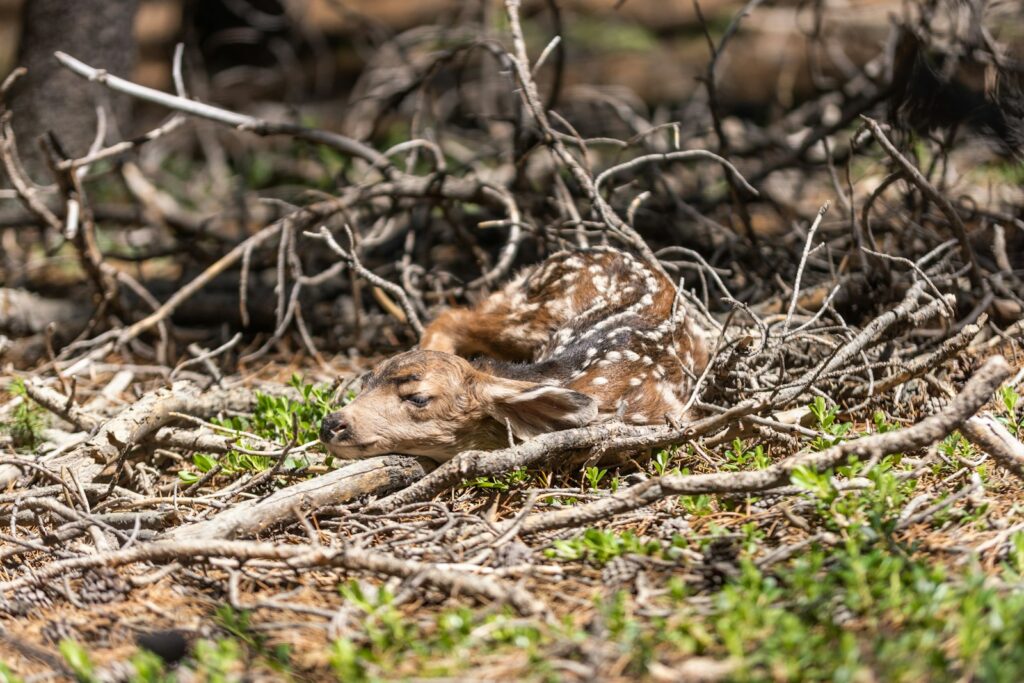
In a dramatic encounter highlighting the invasive species challenges in Everglades National Park, wildlife officers came upon a young Key deer being constricted by an enormous Burmese python. The endangered deer, weighing only about 60 pounds, had little chance against the 15-foot invasive predator that had already begun to wrap its powerful body around the deer’s torso. Moving swiftly but cautiously, the officers used specialized snake-handling tools to grasp the python behind its head while unwinding its powerful coils from around the deer. The terrified deer, though initially unable to stand, showed no obvious critical injuries once freed from the python’s grip. After a brief observation period to ensure it could move normally, the officers watched the deer bound away into the sawgrass, seemingly unharmed by its brush with death. The python, part of the devastating invasive population decimating native Everglades wildlife, was humanely euthanized as part of the park’s ongoing conservation efforts.
Glacier National Park’s Mountain Goat Kid
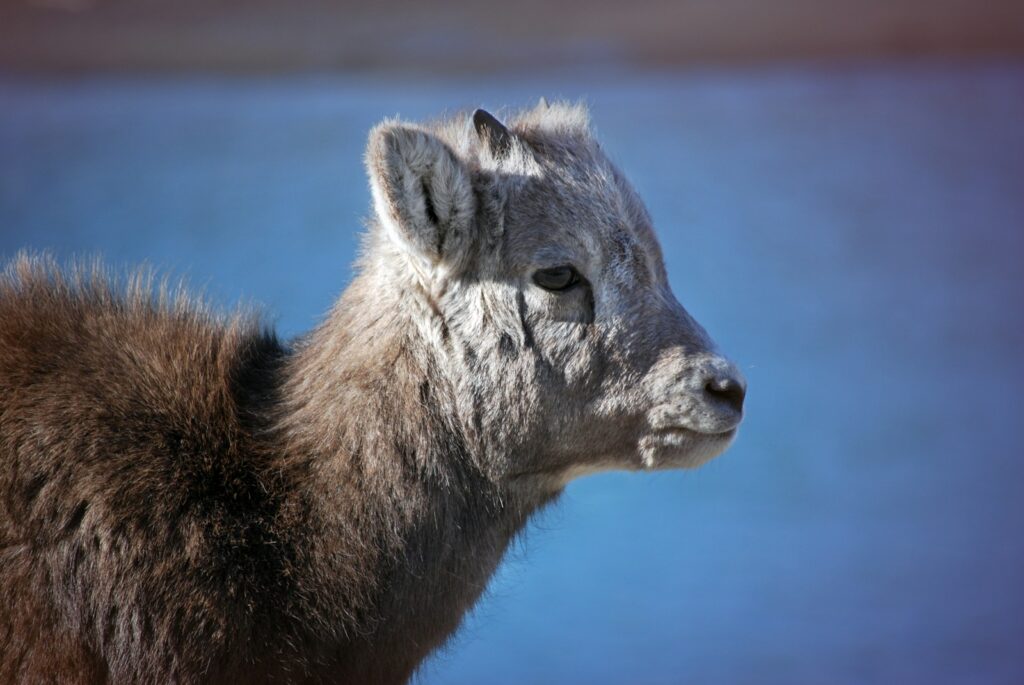
High in the rugged terrain of Glacier National Park, hikers reported a distressing sight: a young mountain goat kid had fallen into a narrow rock crevice along a popular hiking trail, with its mother anxiously pacing nearby. Park biologists assessed the situation and determined the kid had been trapped for at least two days based on its weakened condition and the mother’s behavior. The rescue presented significant challenges, as mountain goats are notoriously difficult to handle and easily stressed, potentially leading to capture myopathy, a fatal condition resulting from excessive stress. Working with wildlife veterinarians, the team used specialized equipment to carefully extract the dehydrated kid from the crevice while keeping the mother in sight but at a safe distance. After a brief medical assessment and fluids administration, the team successfully reunited the kid with its mother in a touching moment that saw the protective nanny immediately begin grooming her returned offspring.
Grand Teton Moose Calf Ice Rescue
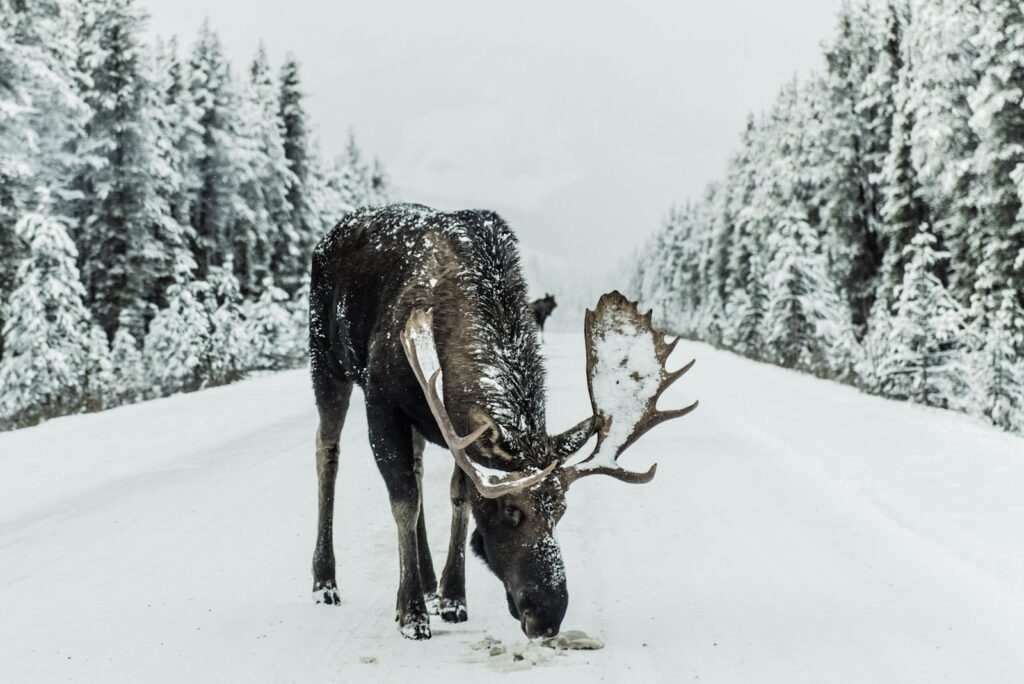
During an unusually cold spring in Grand Teton National Park, a moose calf ventured onto thin ice covering a partially frozen lake and crashed through, unable to pull itself back onto solid ice. The calf’s mother circled the hole in evident distress but could not help her offspring, who was quickly succumbing to hypothermia in the frigid waters. Park rangers, trained in ice rescue techniques, carefully approached the scene with specialized equipment while wildlife biologists monitored the mother moose to ensure the safety of all involved. In a carefully coordinated effort, the team extended rescue equipment to pull the exhausted calf from the water and quickly moved it to the shoreline nearest its anxious mother. After observing from a distance to ensure reunion, the team was rewarded with the sight of the mother and calf moving slowly away together, the calf appearing to recover despite its ordeal.
Yosemite’s Entangled Great Gray Owl
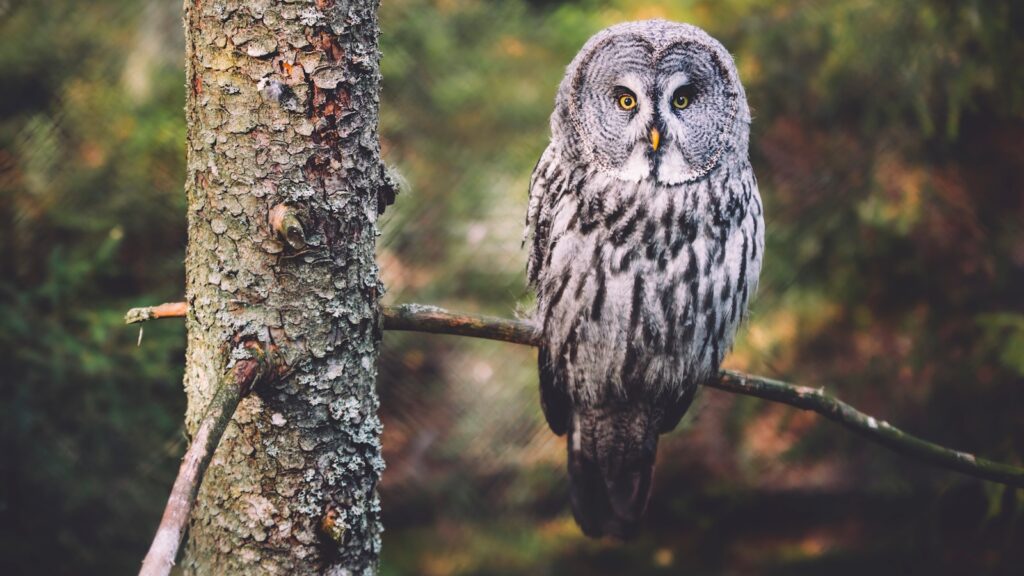
A rare and majestic great gray owl, one of Yosemite National Park’s most elusive residents, was discovered with its wing hopelessly entangled in baling twine likely carried into the park by wind or unwitting visitors. The endangered owl, unable to hunt, had grown dangerously weak and was at risk of starvation when spotted by an early-morning wildlife photographer who immediately reported the situation to park authorities. A specialized raptor rescue team assembled at dawn, knowing they had limited time to save the owl before stress or starvation claimed its life. Using expert approach techniques to minimize trauma, the team successfully captured the owl, carefully removed the entangling twine, and assessed it for injuries. After brief rehabilitation at a partner wildlife center, the owl was released back into its Yosemite territory where it took flight with strong wingbeats, a testament to both its resilience and the dedicated professionals who intervened.
Denali’s Hypothermic Wolf Pup
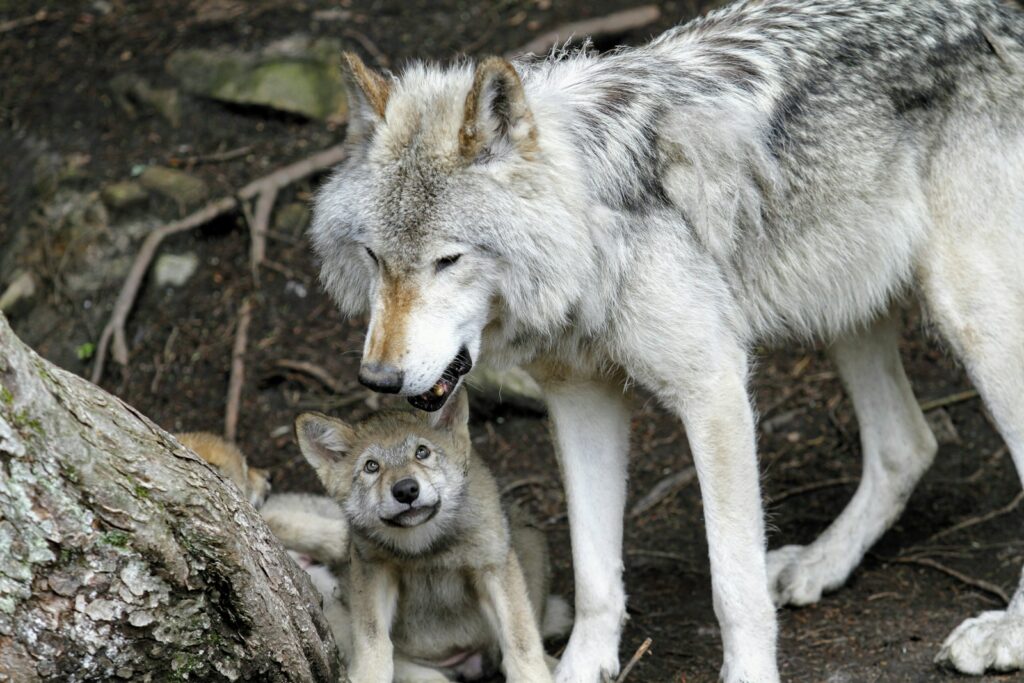
Following a sudden spring blizzard in Denali National Park, wildlife biologists tracking a known wolf pack discovered a lone wolf pup separated from its family, suffering from hypothermia and near death in the snow. Although park policy generally prohibits interference with natural processes, this particular wolf belonged to a pack being studied as part of a long-term research project critical to wolf conservation efforts. The decision was made to temporarily rescue the pup, warm it to a safe temperature, and attempt to reunite it with its pack rather than remove it permanently from the wild. Using tracking data, the team located the rest of the pack sheltering in a protected den site and carefully placed the revived pup nearby. Trail cameras later confirmed the successful reunion as the pack accepted the returned pup, with the alpha female carrying it back to the safety of the den by the scruff of its neck.
Shenandoah Flood-Stranded Fox Kits
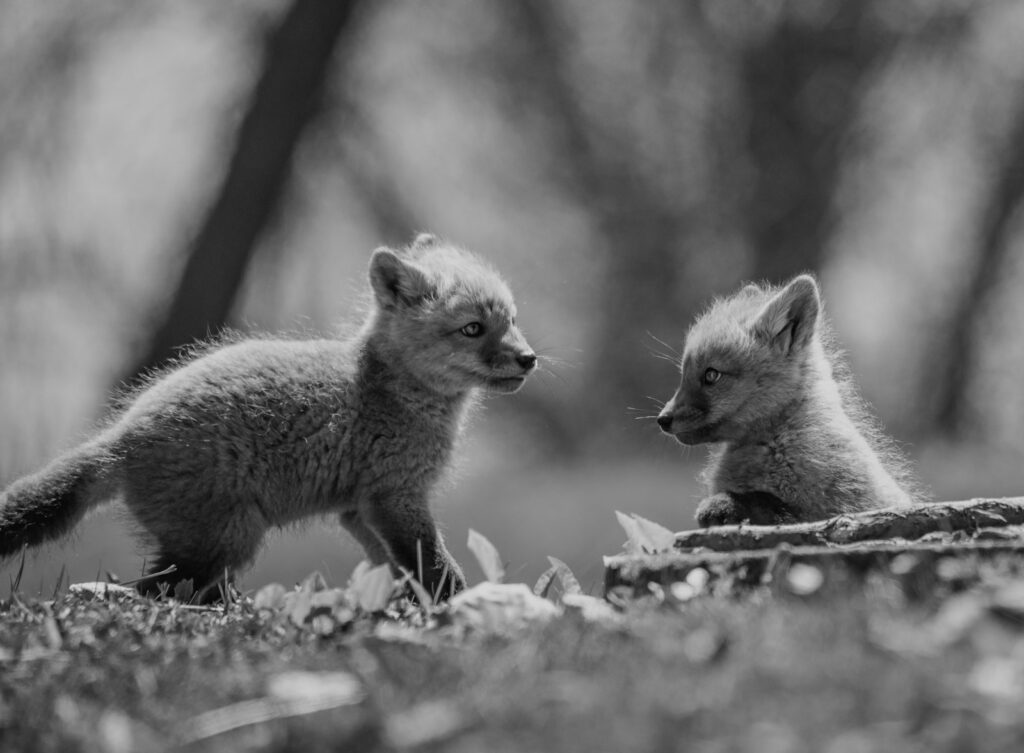
After unprecedented flooding in Shenandoah National Park, park rangers discovered a litter of four red fox kits trapped on a small island of high ground, with raging floodwaters preventing their mother from returning to them. With more rain in the forecast and water levels expected to rise further, the rangers knew they faced a time-sensitive rescue situation. Using small inflatable boats, the team carefully approached the frightened kits, who had been huddled together for warmth for at least 24 hours. Each kit was gently captured and placed in specialized carriers designed to minimize stress during transport. Wildlife cameras had fortunately captured images of the mother fox repeatedly attempting to reach her litter, allowing rangers to identify an area where she continued to return. Within hours of their rescue, under veterinary guidance, the team successfully reunited the kits with their mother in this safer location, witnessing her immediately begin moving them one by one to a new den site away from flood-prone areas.
Joshua Tree’s Mine-Trapped Bighorn Sheep
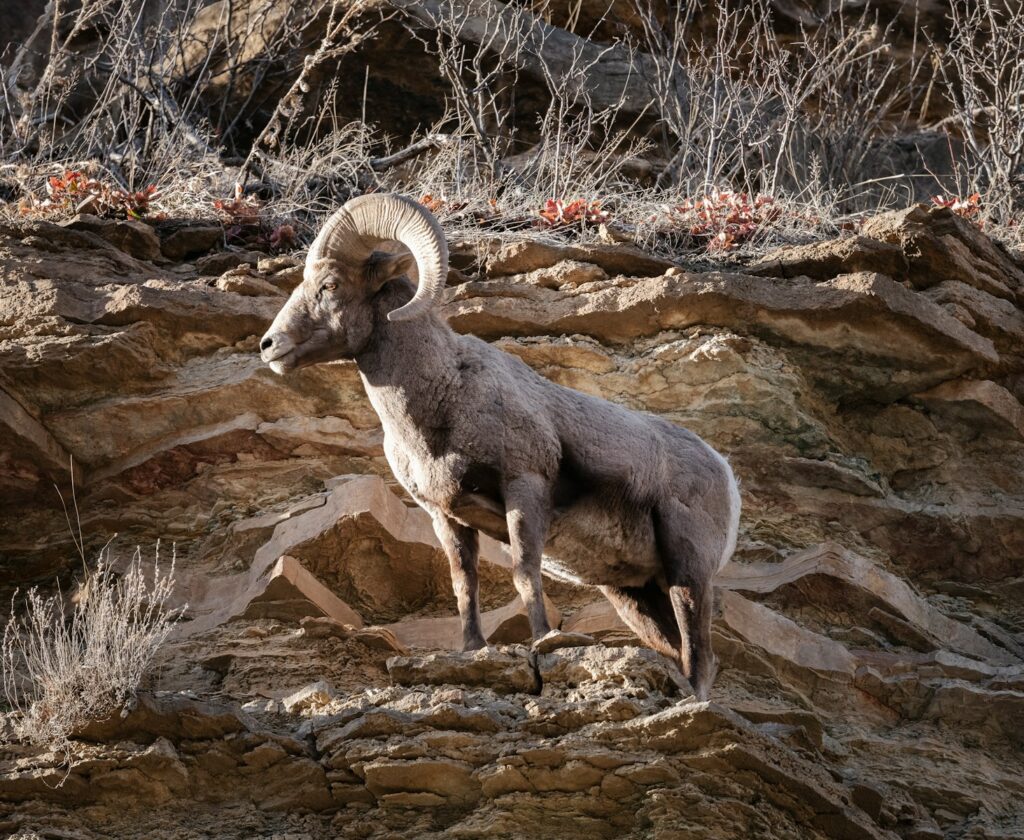
In the arid landscape of Joshua Tree National Park, an endangered desert bighorn sheep became trapped after falling into an abandoned mining shaft, a relic of the park’s gold mining history. The distressed animal, discovered by hikers who heard its echoing bleats, had fallen nearly twenty feet and sustained injuries that prevented it from climbing out of the narrow shaft. Park officials assembled a specialized team including veterinarians and technical rescue experts who faced the significant challenge of extracting a large, powerful wild animal from a confined space without causing additional harm. After sedating the sheep to reduce stress and prevent injury to both the animal and rescuers, the team engineered a specialized harness system to carefully lift the bighorn to safety. Following veterinary treatment for dehydration and minor injuries, the sheep was released in appropriate habitat near its herd, while park officials accelerated their program to secure abandoned mining features throughout the park to prevent future wildlife entrapments.
Acadia’s Peregrine Falcon Chick Rescue
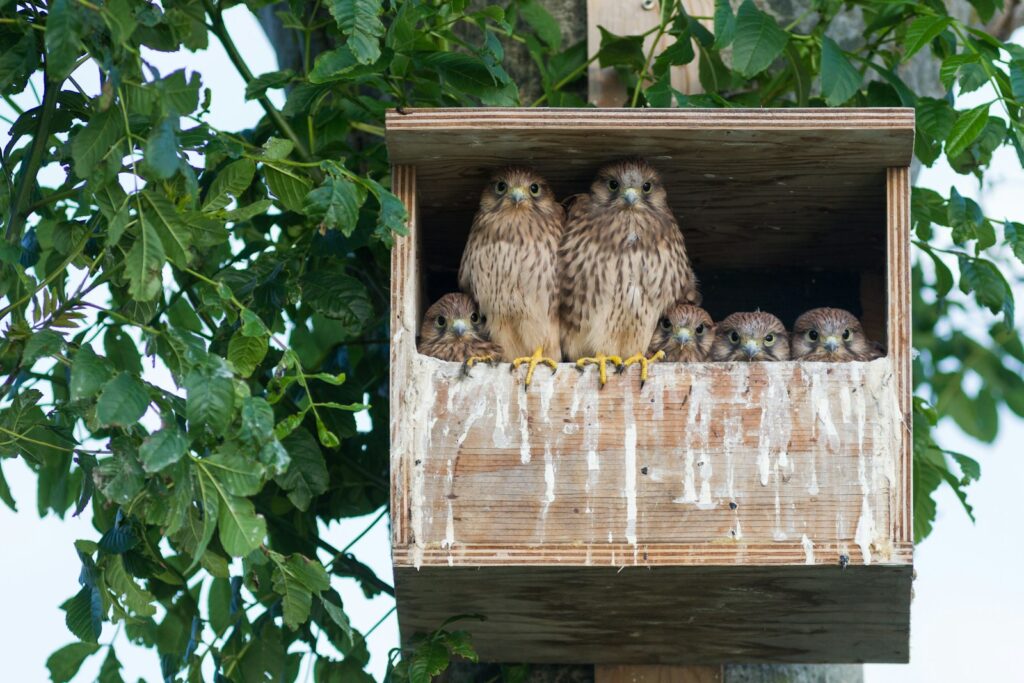
At Acadia National Park, a peregrine falcon nest built on a popular climbing route faced disaster when unusually severe weather dislodged one of three chicks from the nest onto a narrow ledge below. Though the parent falcons continued to attempt feeding the displaced chick, it was clear the young bird could neither return to the nest nor survive in its vulnerable position. Park biologists, working with experienced rock climbers and raptor specialists, organized a precision rescue operation during a brief window when the parent falcons had left to hunt. The climbing team delicately retrieved the chirping chick and transported it to a wildlife rehabilitation center specializing in raptors, where it received expert care until old enough for independent release. In a particularly touching conclusion, the rehabilitated falcon was released back at Acadia months later, where it demonstrated perfect flying skills before disappearing into the coastal sky over the same cliffs where it had hatched.
The Great Smoky Mountains Rescue Network
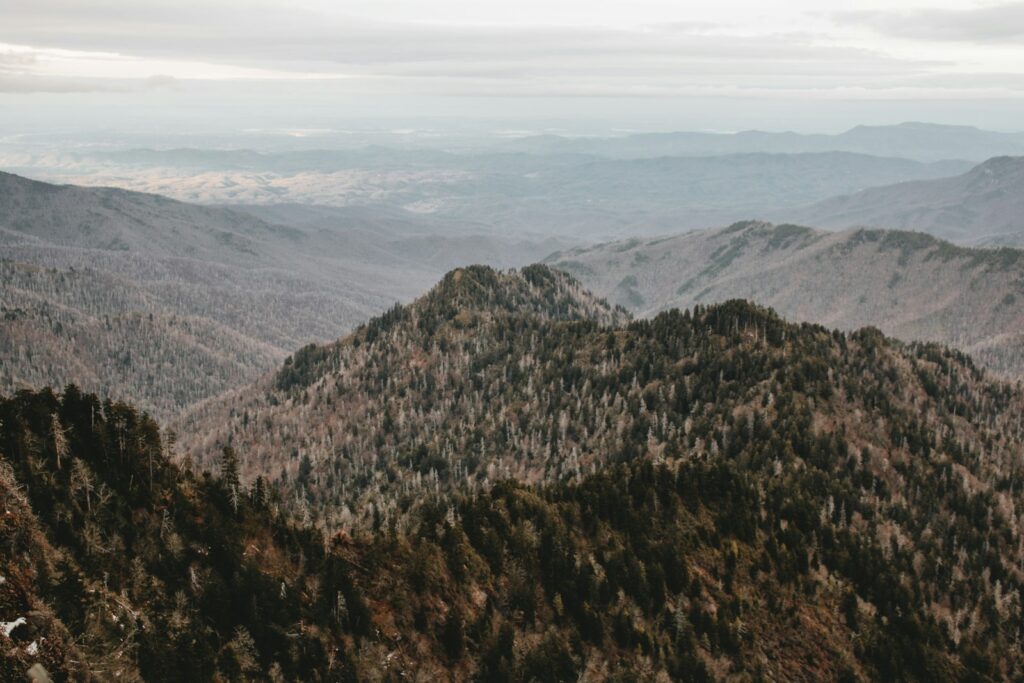
Great Smoky Mountains National Park has developed one of the most comprehensive wildlife rescue networks in the National Park System, responding to over fifty animal emergencies annually in America’s most visited national park. The unique partnership involves park rangers, wildlife biologists, veterinarians, and specially trained volunteers who coordinate rescue efforts for animals ranging from injured bears to orphaned raccoons. One particularly notable case involved a mature black bear discovered with a plastic food container stuck firmly on its head, preventing the animal from eating or drinking for several days. Using specialized darting equipment and bear-handling protocols, the team successfully sedated the severely dehydrated bear and removed the container, likely saving its life. The park’s rescue network represents a careful balance between allowing natural processes to unfold and intervening when human-caused problems threaten wildlife, with each case individually assessed through a structured decision-making protocol developed specifically for wildlife emergencies.
Conclusion
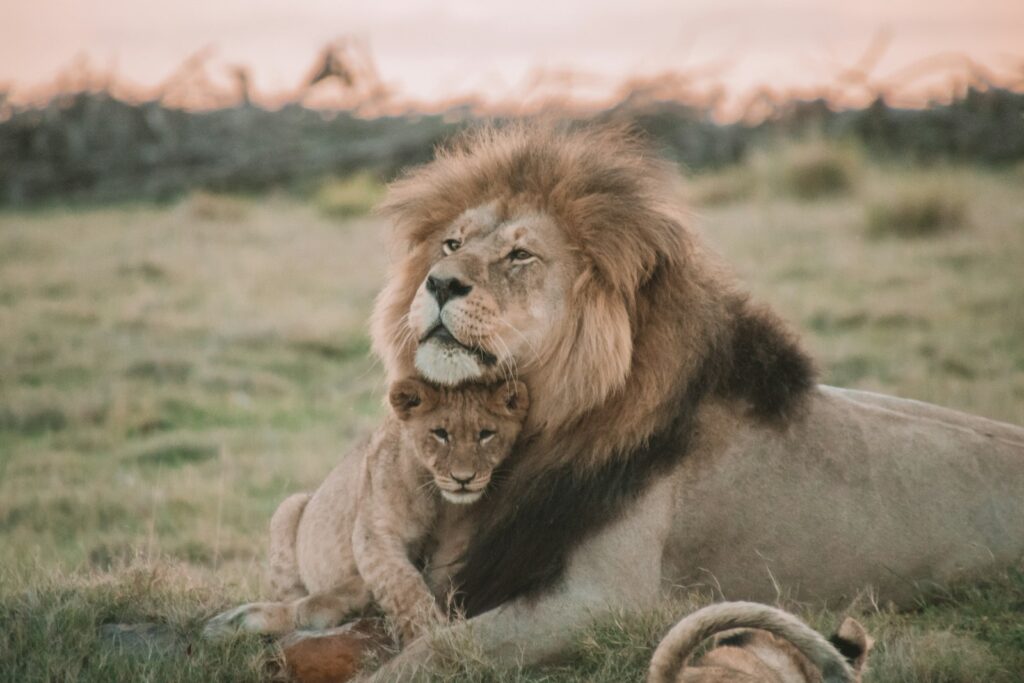
These heartwarming rescue stories represent more than just individual animals saved—they highlight the complex relationship between humans and wildlife in our national parks. While park management generally follows a policy of minimal intervention in natural processes, these rescues often address situations where human activity directly or indirectly caused the animal’s predicament. Each successful rescue not only returns a wild being to its rightful place in the ecosystem but also provides valuable educational opportunities about conservation, responsible park visitation, and our collective responsibility toward protecting natural spaces. As visitors to these magnificent parks, we can contribute to wildlife welfare by observing from appropriate distances, properly disposing of waste, leashing pets, and promptly reporting animals in distress to park authorities rather than attempting interventions ourselves. These principles ensure that national parks continue to fulfill their dual mission of providing human enjoyment while preserving wild spaces and their inhabitants for generations to come.

